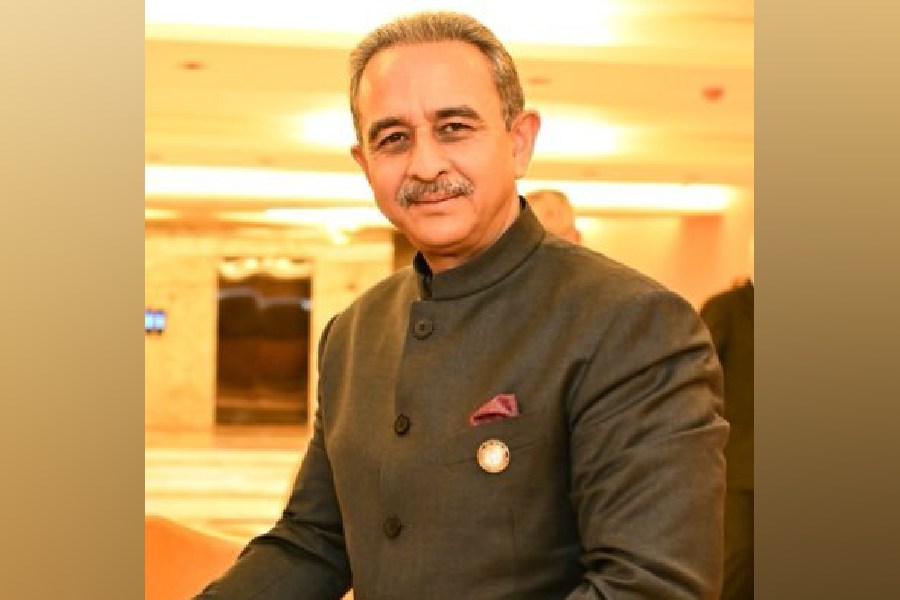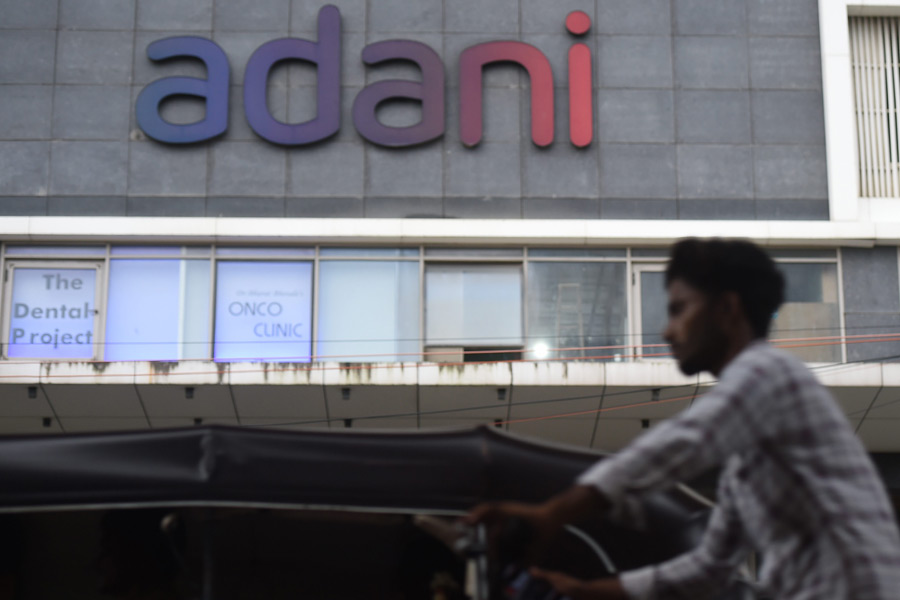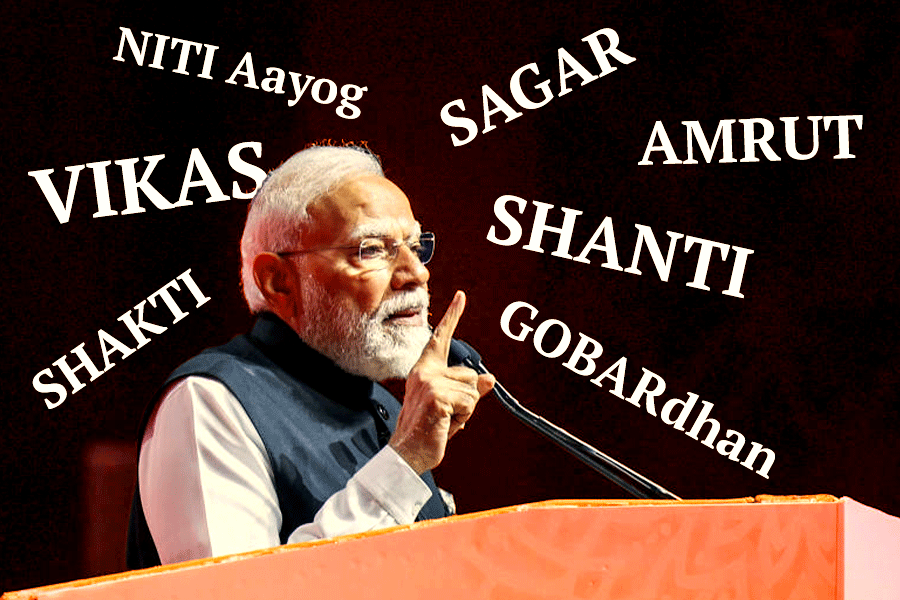 |
Ashok Gopinath is about to realise a long standing dream. Next summer, he will fly over the Himalayas and navigate through its snow-clad peaks with his wife sitting beside him.
Many air travelers have admired the mountains from passenger planes before him. But Gopinath (see pic) — who works as a principal architect at Infosys, Bangalore — has bigger plans. He bought an X-Air microlight aircraft last year and is now learning to fly at a Mysore-based flying school. He expects to get his pilot’s licence by the end of the year. “I want to fly over Mount Everest in my own airplane with only my wife for company,” he says. That is, of course, if the weather and security officials permit.
Owning an airplane is easily one of life’s biggest indulgences. But the concept is now taking wing in India. It’s no longer only the Ambanis, Birlas and Vijay Mallya who own planes. India has a new — and growing — bunch of jet setters who believe in buying the planes they fly.
India’s general aviation industry — which comprises private planes, chartered jets and fractionally-owned aircraft — is flying high, says Kapil Kaul, chief executive officer (CEO), Indian subcontinent, at the Centre for Asia Pacific Aviation (CAPA), a specialised aviation consultancy. “Currently, there are 150 privately-owned aircraft in India. We estimate that the fleet will increase to 500 in the next three years,” says Kaul.
Gopinath’s humble two-seater X-Air microlight — which cost him Rs 6.5 lakh — makes up the lower end of the private aircraft industry. India’s private airplane market runs the gamut — from the non-pressurised and noisy microlights to workman-like transport aircraft to the gizmo-packed flying palaces.
The buzz is loudest in the country’s corporate aviation industry. A breakfast meeting in Delhi, lunch in Mumbai and a quick factory visit in Coimbatore before flying back to the family in Calcutta is no longer just a pipedream.
Karan Singh will vouch for that. The managing director of the Delhi-based Indo Pacific Aviation Private Limited — which buys, manages and maintains business jets — has helped seven private players buy aircraft in the last one year. “We are getting more enquiries than we can handle,” claims Singh. The jets in Singh’s fleet — which comprises the Turbocrop, Beach Craft, King Air and the Boeing business jet — cost between $1 million and $70 million each.
If you don’t have that kind of money to spare, but you really want to own a jet, Delhi-based Club One Air offers a fractional-ownership solution. “It’s like an airplane time share, where a group of buyers pool funds to buy a jet,” explains Manav Singh, managing director, Club One Air. The one-year-old company has 14 fractional owners on its rolls. They have bought eight aircraft — the Rs 20 crore-worth Citation 2 and the Rs 45 crore-worth Citation XL — among them. “Also, 200 companies use our aircraft on a regular basis,” adds Singh.
As time becomes money, corporate India is realising the benefits of flying solo. Private planes mean no queues for immigrations or customs, waiting for connections or sitting through possible cancellations or security scares. “People are beginning to understand that private jets are not a luxury any longer. It’s becoming a necessary business tool,” says Logan Ravishankar, chief executive officer of the Singapore-based air charter firm MyJet Asia Pte Ltd.
Private jets are a by-product of a booming economy. “Higher disposable incomes mean more Indians are investing in private planes,” says CAPA’s Kapil Kaul. He compares this with the US general aviation industry. “There are 1,50,000 private aircraft in the US general aviation sector. It’s a benchmark for the scope of growth in the industry,” says Kaul.
India is touted to be the second largest corporate jet market in Asia, after the Middle East, says Ravishankar. “India’s corporate aviation market has doubled in the last two years. It’s expected to grow by 250 per cent in the next three years,” he says.
A recent survey conducted by Cochin-based air charter firm K-Air Charters found that two to three private aircraft are added to India’s existing plane pool every month. “There are currently 50 air charter operators and 135 private plane owners in India. The numbers are growing,” says Koshy Varghese, head, operations, K-Air Charters.
The good news is spreading. Montreal-based business jet manufacturer Bombardier Learjet started operations in India in April this year. Bombardier manufactures and markets three aircraft — the Learjet, Challenger and Global Express, which is Bill Gates’ personal favourite — at costs ranging between $15 million and $50 million. “We have bagged three aircraft orders in India. Another seven are in the pipeline,” says Srinivas Duvvuri, chief country representative, Bombardier.
Meanwhile, Club One Air has competition. In February, next year, Bombardier will launch its fractional airplane ownership firm, Flex Jet, in India. “Also, three companies — Forum One, Fidelity and Saija Air — are in the final stages of entering the fractional aircraft ownership sector,” says CAPA’s Kaul.
The air charter sector is also gung-ho about growth. Says Semoun Jolly, director, operations, at the Delhi-based Air Charter Services Pvt Ltd, “Seven years ago, we flew four flights a week. Now we fly five times a day.” The cost of chartering a flight ranges from Rs 50,000 per hour to Rs 1,25,000 per hour — depending on the size of the aircraft and the amenities on board. It’s not just business fliers who hire air taxis. “September to March is our tourist season. Leisure fliers charter most flights in these months,” says Jolly.
Even as corporate flying soars, Kaul feels it’s the low-cost airplanes that will change the whole dimension of the country’s private aviation industry. “Low-cost planes will be the answer to flying in India. It is economically feasible and can appeal to a large number of people,” he says.
Owning a flying machine is no longer only an Ambani prerogative. Mindsets are changing in upper middle class India, says Kiran Kota, managing director, India operation, Indus Aviation, which manufactures a two-seater light aircraft, the Thorp T211. “Financial independence at a younger age has fuelled flying in India,” says Kota. “Also, hobby flying has opened the skies for the average adventure seeker,” he adds.
US-based Indus Aviation — which started its India operations in 2005 — has opened an aircraft showroom in Bangalore to promote the concept of flying. A bright yellow Thorp T211 stands in the middle of the showroom, flanked by aircraft parts and posters on flying-related tit-bits. “There is very little knowledge about flying in India. People walk into the showroom buzzing with questions,” says Kota. The showroom gets a footfall of 20 people a day.
Says Audrey Maben, proprietor, Mysore Aerosports Academy, “All those who sign up for the flying course aspires to own a plane.” Maben’s flying course currently has five students. Of these, two own a plane and three are going to buy one.
When Shailendra Saini, a captain in the Merchant Navy, took a break from work to spend time with his family, he decided to club it with flying. He relocated from Delhi to Mysore — with his family in tow — and enrolled for flying classes at the Mysore Aerosports Academy. “I’m now building capital to buy a plane,” says Saini. Saving to buy a micro light is not impinging on Saini’s lifestyle. “It costs the same as a Sports Utility Vehicle (SUV) and gives a bigger high,” he says.










